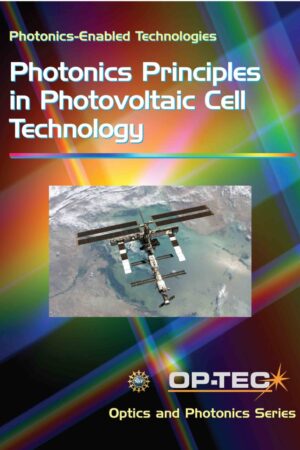Laser Material Removal: Drilling, Cutting, and Marking | Photonics-Enabled Technologies Module
$0.00
This module is one of four pertaining to manufacturing as a photonics-enabled technology. The modules pertaining to each technology can be used as a unit or independently, as long as
prerequisites have been met.
Description
This module is one of four pertaining to manufacturing as a photonics-enabled technology. The modules pertaining to each technology can be used as a unit or independently, as long as
prerequisites have been met.
Upon completion of this module, you should be able to do the following:
• Describe, in terms similar to those in the text, how a high-power beam from a laser
vaporizes surfaces.
• Enumerate the advantages and limitations of the use of lasers for hole drilling.
• Given appropriate parameters of a laser and its target, calculate correctly to two
significant figures the maximum depth of a hole that the laser can drill in a specific
material.
• Describe, in terms similar to those in the text, the process of laser-based resistor
trimming.
• Name the two types of lasers most often used for laser cutting and the range of power in
which each operates.
• Describe, in terms similar to those used in the text, the three methods most often used for
laser marking.
• Select an appropriate laser for a specific via drilling application.
• Set up and align a CO2 laser system to cut thin pieces of plastic and measure the cutting
rate. The plastic must be cut by the laser and the measurement of the cutting rate must
show that the cutting rate increases with increasing laser power.
• Set up and align a CO2 laser system to scribe thin pieces of ceramic. A scribe line must
be made on the surface of the ceramic by the laser beam so that the ceramic can be
broken along the scribe line.
• Set up and align a solid-state laser system to drill holes into metal targets. Measure the
depth of the holes drilled by the laser. The measurement of the depth of the holes should
show that the hole depth increases with increasing power density and decreases with
increasing latent heat of vaporization of the target.









